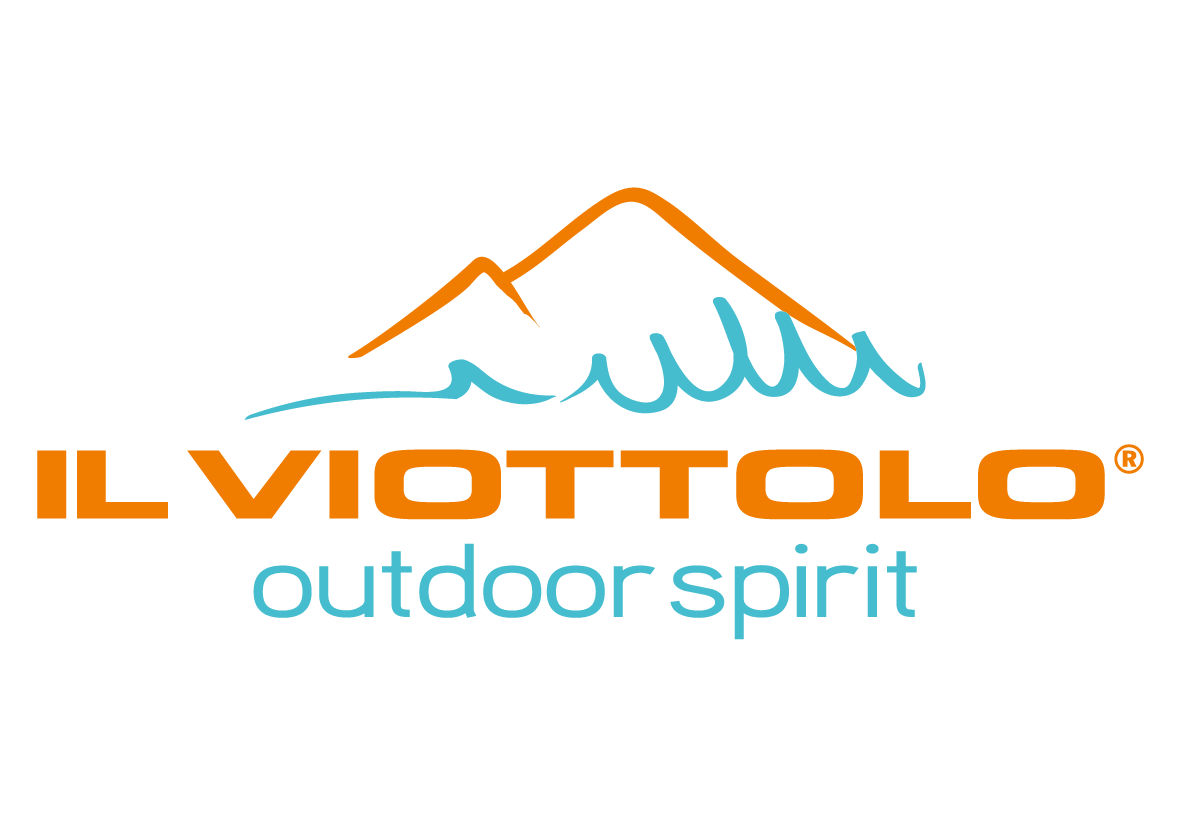Legend has it that the Tuscan Archipelago originated from a jewel slipped out from the neck of Venus, goddess of beauty and love, that fell into the Tyrrhenian Sea waters.
This gentle myth hides some truth, since the Archipelago islands certainly look like fragments of paradise.
Then again, not many other tourist destinations in the world can boast an equally rich and variegated offer over an area of so little kilometers: from its seabed, a diver’s true heaven, to mountains surrounded by centuries-old woodlands, beaches and coves encircled by the Mediterranean scrub, to the small hill villages merged in a timeless quietude.
Anyone visiting can find their kind of holiday dimension by either practicing their own favorite sport, indulging in a tanning ritual or set off to discover what the Tuscan Archipelago has to offer in terms of history, culture and gastronomy.
SHORT INFORMATION ON THE ISLAND OF ELBA
Just 10 Km from the mainland, with an area of 224 square Kilometers, Elba is the largest island of the Tuscan Archipelago as well as the third largest among the Italian islands after Sicily and Sardinia. For some years now, It has been part of the Tuscan Archipelago National Park along Pianosa, Capraia, Gorgona, Montecristo, Giglio and Giannutri.
Climate is particularly mild, with an annual temperature between 15 °C and 16 °C degrees; while seasonal averages are 10 °C in winter, 14 °C in spring, 23 °C in summer and 17 °C in autumn. Monthly sea temperatures are: April 19 °C, May 20.2 °C, June 24.1 °C, July 26.8 °C, August 27.3 ° C, September 25.5 °C and October 23.1°C.
Due to the variety of its coasts (that stretch for about 147 Km.), the amenity of beaches along the majestic beauty of the Mount Capanne range (1019 meters asl), Elba has rightly become a world-known tourist attraction location .
The main road network (about 200 Km long) is entirely paved. There are also scenic macadam road stretching for about 80 Km.
Inhabited already in pre-historic times and known for its copper and iron mines at the beginning of the Historical Age, Elba, called “Ilva” by Ligurians and “Aethalia” by Greeks, was ruled by Ligurian first, followed by Greeks , Etruscans, and ultimately by Romans for many centuries. Over the Middle Ages it was under the Pisani Family, then the Appiani and Medici. From time to time it was subject of interest from major European powers, which all inevitably left traces of their dominion.
Major acts impressed both the Medici (in honor of Cosimo dei Medici, Portoferraio was named ‘Cosmopoli’) and the Spaniards, who built in response, San Giacomo fortress and Forte Focardo, in Porto Azzurro.
The brief reign of Napoleon (1814-1815, 9 months and 23 days) left significant keepsakes inside Palazzina dei Mulini, villa San Martino, in some ancient churches of Portoferraio and Marciana (Madonna del Monte) , and few other locations .
From an administrative point of view, Elba is sectioned into eight municipalities: Portoferraio, Campo nell’Elba, Capoliveri, Marciana, Marciana Marina, Porto Azzurro, Rio Marina and Rio nell’Elba.
Renowned wines and an excellent cuisine, together with an unspoiled sea, mild climate and clear air, make Elba a place of interest, hospitality and idyllic tourism throughout all seasons.
